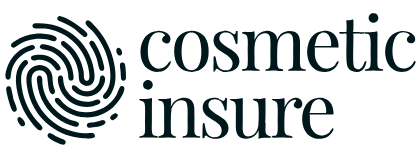Have you ever wondered just how effective skin tag removal really is? While many methods promise quick and easy solutions, the actual success can vary based on the technique used and the skin tag’s specific characteristics. From over-the-counter treatments to professional procedures like cryotherapy and excision, each option has its own set of pros and cons. Some methods might offer instant results but could lead to temporary discoloration or minor scarring. To truly understand which approach suits you best and minimises complications, there’s a lot more you should consider.
Key Takeaways
– Cryotherapy has a high success rate but may cause temporary skin discoloration.
– Professional excision provides immediate results with low recurrence when performed by skilled practitioners.
– Laser removal is precise with minimal downtime but may cause temporary redness and swelling.
– Over-the-counter treatments are less effective and require longer application times.
– Electrosurgery ensures quick recovery and precision but carries risks of scarring and infection.
What Are Skin Tags?
Skin tags, medically known as acrochordons, are small, benign growths that commonly appear on areas where your skin folds, such as the neck, armpits, and groyne.
These growths are typically flesh-coloured or slightly darker and can vary in size from a few millimetres to several centimetres. Understanding the skin tag characteristics is essential for identifying them accurately.
In terms of skin tag appearance, they’re often described as soft, hanging pieces of skin attached by a thin stalk, known as a peduncle.
You might notice a smooth or slightly wrinkled surface texture. Unlike other skin lesions, skin tags are usually painless and don’t change colour rapidly, which helps differentiate them from potentially harmful conditions like melanomas or warts.
Most people discover skin tags accidentally, as they don’t cause discomfort unless subjected to friction from clothing or jewellery.
Though these growths are harmless, their appearance can be bothersome, prompting many to seek removal options.
Recognizing these defining characteristics and appearances can help you make informed decisions about whether to consult a healthcare professional for further evaluation or removal techniques.
Causes of Skin Tags
Several factors contribute to the formation of skin tags, and understanding these can help you better manage or prevent them. Skin tags, or acrochordons, are benign growths often found in areas where skin folds and experiences friction. They appear as small, soft, flesh-coloured protrusions and are generally painless.
Here are four primary causes:
- Friction: Skin rubbing against skin, clothing, or jewellery increases the risk of skin tags. Common areas include the neck, armpits, and groyne.
- Hormonal Changes: Pregnancy and conditions like polycystic ovary syndrome (PCOS) can trigger skin tag formation due to hormonal fluctuations.
- Genetics: A family history of skin tags may increase your susceptibility to developing them.
- Obesity: Excess body weight leads to more skin folds, increasing friction and the likelihood of skin tags.
Recognizing these causes allows for proactive skin tag prevention. For instance, maintaining a healthy weight can minimise skin folds, reducing friction.
If you’re experiencing skin tag symptoms, such as small, soft growths in high-friction areas, consider consulting a dermatologist. By understanding what triggers skin tags, you can take steps to reduce their occurrence and maintain healthier skin.
Over-the-Counter Treatments
When considering over-the-counter treatments for skin tags, you’ll find a range of options that promise effective results. These over-the-counter solutions can vary widely in their mechanisms and applications, but many offer convenient and non-invasive methods for skin tag removal.
Among the most popular are topical treatments, which typically include ingredients like salicylic acid or tea tree oil. These compounds work by breaking down the tissue of the skin tag, ultimately causing it to fall off.
Another common over-the-counter solution is cryotherapy, where a freezing agent is applied to the skin tag. This method mimics the professional cryotherapy techniques used by dermatologists but is accessible for at-home use. Evidence suggests that cryotherapy can be highly effective, often requiring just one or two applications to remove the skin tag completely.
It’s important to follow the instructions carefully when using these treatments to avoid skin irritation or further complications.
While over-the-counter options provide a viable and less costly alternative to professional removal, individual results can vary. Clinical studies indicate that the effectiveness of these treatments can depend on the size and location of the skin tag. Always consult with a healthcare provider if you have concerns.
Home Remedies
Often overlooked, home remedies for skin tag removal can provide a natural and cost-effective alternative to commercial treatments. If you’re considering DIY solutions, there are several evidence-based methods you might find effective.
- Apple Cider Vinegar: Soak a cotton ball in apple cider vinegar, apply it to the skin tag, and secure it with a bandage. The acetic acid can help break down the tissue, causing the tag to fall off over time.
- Tea Tree Oil: Known for its antifungal and antiviral properties, tea tree oil can dry out skin tags. Apply a few drops to a cotton ball and secure it over the tag with a bandage.
- Garlic Paste: Crush a garlic clove into a paste and apply it directly to the skin tag. Cover it with a bandage overnight, as garlic’s natural enzymes may help reduce the tag’s size.
- Banana Peel: Place a small piece of banana peel over the tag, inside facing down, and secure it with tape. The enzymes and antioxidants in the peel could aid in the tag’s removal.
These natural treatments offer a gentle, accessible approach to dealing with skin tags.
Always consult a healthcare professional to verify these DIY solutions are suitable for your skin type and condition.
Cryotherapy
Cryotherapy, a popular method for skin tag removal, involves freezing the skin tag with liquid nitrogen. This procedure causes the water within the skin tag cells to crystallise, leading to cell rupture and eventual detachment of the tag.
One of the primary cryotherapy benefits is its non-invasive nature, which means there’s minimal downtime and discomfort. Additionally, it’s effective for multiple skin tags in a single session, making it a time-efficient choice.
However, you should be aware of cryotherapy risks. The procedure can cause temporary redness, blistering, and, in rare cases, permanent pigmentation changes. While generally safe, improper application can result in damage to surrounding healthy tissue. It’s vital to have this done by a medical professional to mitigate such risks.
Studies indicate a high success rate for cryotherapy, with many patients experiencing complete removal of skin tags. Despite the benefits, follow-up care is essential. You might need a second treatment if the tag doesn’t fall off completely after the first session.
Weighing the cryotherapy benefits against the potential cryotherapy risks can help you make an informed decision about whether this method is right for you.
Electrosurgery
While cryotherapy offers a non-invasive option for skin tag removal, electrosurgery presents another highly effective method. This technique involves using high-frequency electrical currents to cut, coagulate, and remove skin tags. Electrosurgery benefits include precision, minimal bleeding, and quick recovery. However, understanding both the advantages and potential electrosurgery risks is vital.
Here’s what you need to know about electrosurgery for skin tag removal:
- Precision: The high-frequency currents allow for targeted removal, minimising damage to surrounding tissues.
- Minimal Bleeding: Electrosurgery coagulates blood vessels during the procedure, reducing the risk of bleeding.
- Quick Recovery: Most patients experience a fast recovery, with minimal downtime and lower risk of infection.
- Variable Pain: Depending on your pain tolerance, some discomfort may occur during and after the procedure.
However, electrosurgery risks include potential scarring and infection if post-operative care isn’t followed meticulously. Always have the procedure performed by a qualified healthcare provider to mitigate these risks.
Electrosurgery offers a reliable, effective option for skin tag removal, but weighs the benefits and risks carefully. Discuss your specific situation with your dermatologist to decide if this method suits your needs.
Ligation Techniques
Ligation techniques for skin tag removal involve cutting off the blood supply to the skin tag, causing it to wither and fall off. Fundamentally, you use a small band or thread to tightly tie around the base of the skin tag. This ligation method, medically known as “ligature,” guarantees that the blood flow is restricted, leading to the necrosis of the skin tag tissue.
One key benefit of ligation methods is their non-invasive nature. You don’t have to deal with incisions or sutures, greatly reducing the risk of infection and scarring.
Another advantage is the minimal discomfort involved. Most patients report only mild irritation, making it a favoured option for those who are wary of more aggressive treatments.
Evidence-based studies have shown that ligation techniques are effective, particularly for small-to-medium-sized skin tags. The process typically takes one to two weeks for the skin tag to fall off completely.
Moreover, the simplicity of this method allows for at-home application under proper medical guidance, providing a convenient, low-cost solution.
While ligation methods are highly effective, it’s vital to confirm proper technique to avoid complications such as incomplete removal or irritation of surrounding skin.
Always consult with a healthcare professional before attempting this method.
Professional Excision
When it comes to skin tag removal, professional excision offers a precise and effective solution, particularly for larger or more resistant skin tags. This method involves a medical professional using a sterile scalpel or scissors to carefully remove the skin tag. Here’s what you should know:
- Surgical Considerations: The procedure is usually performed under local anaesthesia, minimising discomfort. Your dermatologist will evaluate the size, location, and number of skin tags to determine the best approach.
- Procedure: The skin tag is excised with minimal surrounding tissue damage. This precise technique reduces the likelihood of scarring and guarantees complete removal.
- Recovery Time: Most patients experience quick recovery, with the area healing within a week to ten days. Keep the site clean and follow post-operative care instructions to prevent infection.
- Effectiveness: Professional excision is highly effective, especially for skin tags that are large or prone to bleeding. The recurrence rate is low when performed by an experienced practitioner.
This evidence-based approach not only guarantees that the skin tags are fully removed but also minimises complications. By considering surgical considerations and adhering to recommended recovery time, you can achieve ideal results from this procedure.
Laser Removal
Laser removal offers a modern and precise method for eradicating skin tags, utilising the power of laser energy to target and vaporise the unwanted growths. This technique involves a focused beam of light that precisely removes the skin tag without affecting the surrounding tissue.
One of the significant laser benefits is the reduced risk of infection, as the laser simultaneously cauterises the area, minimising bleeding and promoting quicker healing.
However, you should be aware of some laser risks. Although complications are rare, they can include temporary redness, swelling, and pigmentation changes at the treatment site. In some cases, you might experience minor discomfort during the procedure, but this is typically manageable with local anaesthesia or numbing creams.
From an expert perspective, laser removal is especially advantageous for patients with skin tags in sensitive or hard-to-reach areas. The procedure is relatively quick, often completed in just a few minutes, and it doesn’t require significant downtime, allowing you to resume normal activities almost immediately.
It’s crucial to consult with a qualified dermatologist to assess your suitability for laser removal and discuss any potential risks and benefits specific to your skin type and health condition. This guarantees you receive safe and effective treatment tailored to your needs.
Comparing Effectiveness
Reflecting on the variety of methods available for skin tag removal, assessing their effectiveness is vital for ideal treatment outcomes. Each method has its own merits and limitations, so understanding these can help you make an informed decision.
- Cryotherapy: This method involves freezing the skin tag with liquid nitrogen. Studies indicate a high success rate, but there’s a risk of temporary skin discoloration.
- Excision: Surgical removal is highly effective, providing immediate results. However, it requires a sterile environment and a skilled practitioner.
- Cauterization: Using heat to burn off the skin tag is another effective option, but it can cause minor discomfort and requires proper aftercare to prevent infection.
- Over-the-counter treatments: These can be less effective and take longer to show results. They might be convenient but typically lack the precision of professional methods.
When making treatment comparisons, it’s essential to weigh factors like recovery time, risk of scarring, and potential complications.
For instance, excision might offer superior removal outcomes but necessitates more downtime. In contrast, cryotherapy is quick with minimal aftercare but mightn’t be suitable for individuals with certain skin types.
Frequently Asked Questions
Are There Risks Associated With Skin Tag Removal During Pregnancy?
Yes, there are risks associated with skin tag removal during pregnancy. It’s essential you follow safety precautions. Consider alternative treatments, as evidence-based medical guidelines suggest avoiding unnecessary procedures to prevent complications during this sensitive period.
Can Skin Tags Regrow After Removal?
Yes, skin tags can regrow after removal. Home remedies might not remove the entire tag, increasing recurrence risk. Professional treatments like cryotherapy or excision are more effective, reducing regrowth likelihood. Always consult a dermatologist for best results.
How Long Is the Recovery Period After Skin Tag Removal?
In the blink of an eye, you’ll typically recover from skin tag removal within a week. The healing process depends on proper aftercare tips, like keeping the area clean and avoiding irritation, ensuring swift and effective recovery.
Is Skin Tag Removal Covered by Insurance?
Insurance coverage for skin tag treatments varies. Most policies don’t cover cosmetic procedures. However, if the skin tag causes pain, irritation, or potential health risks, you might get coverage. Always check with your insurance provider first.
Can Skin Tag Removal Cause Scarring?
Worried your battle scars will make you a hero? Don’t fret! With proper scarring prevention, skin tag treatment is usually uneventful. Techniques like cryotherapy or laser removal minimise risks, ensuring smooth skin and minimal evidence of your ordeal.
Conclusion
In sum, while there are many ways to remove skin tags, not all methods are created equal. Over-the-counter treatments, home remedies, and even professional procedures like cryotherapy and excision have varying degrees of effectiveness. But here’s the catch—choosing the wrong method could lead to scarring or discoloration. So, what’s the best approach? Consult with your healthcare provider. Only then can you guarantee the safest and most effective removal tailored to your needs.




